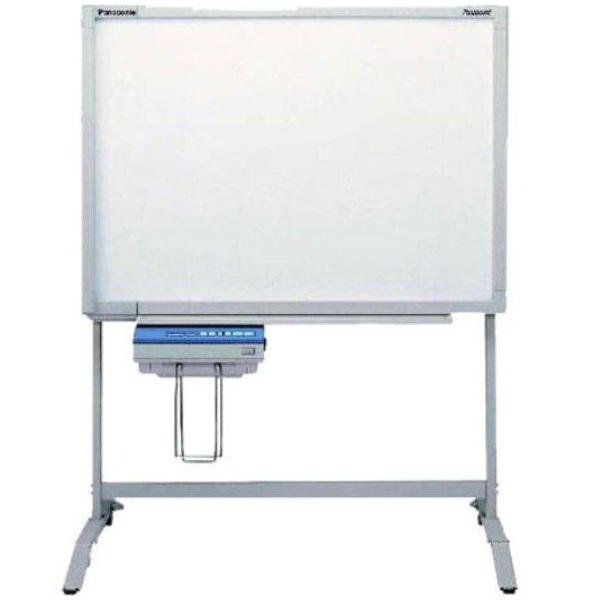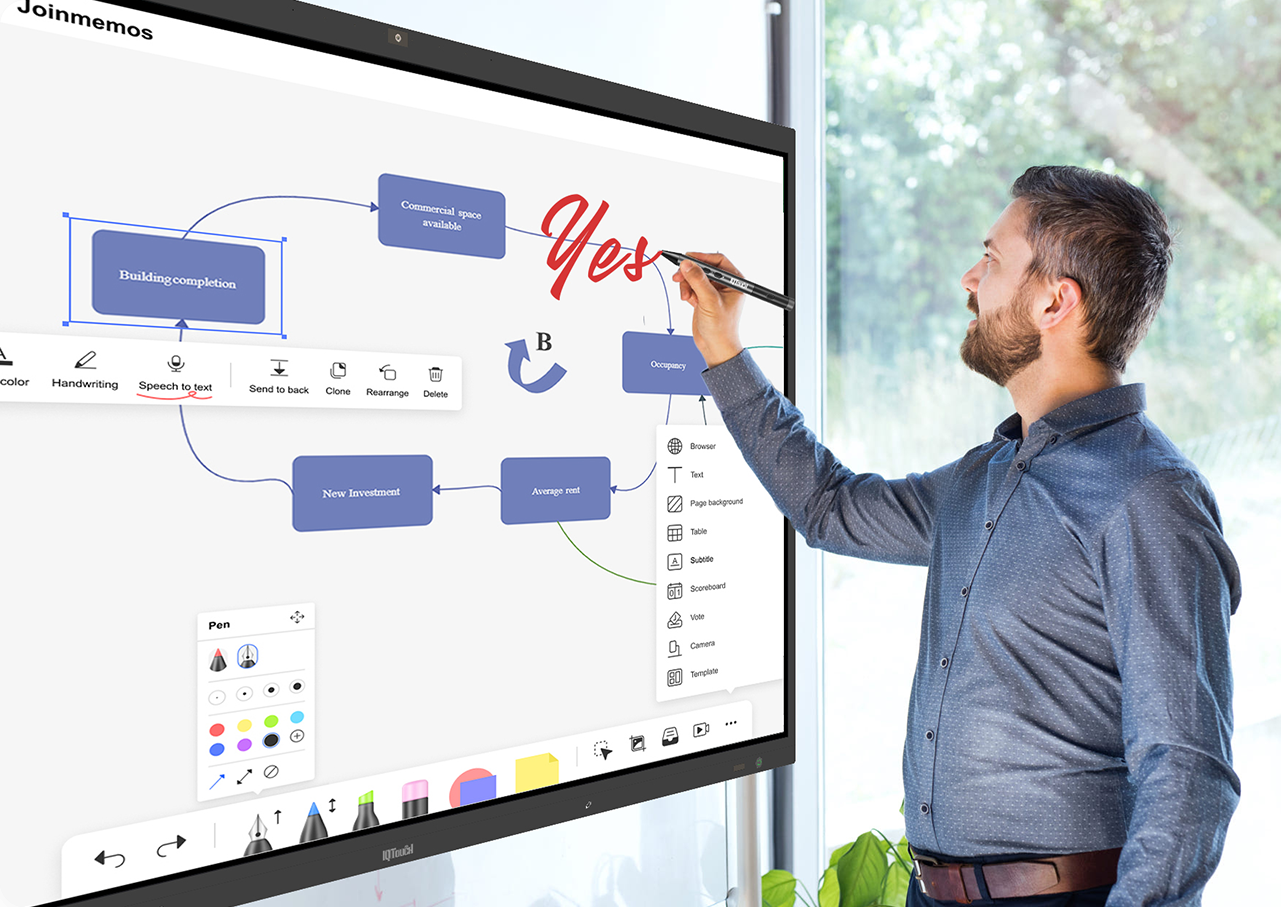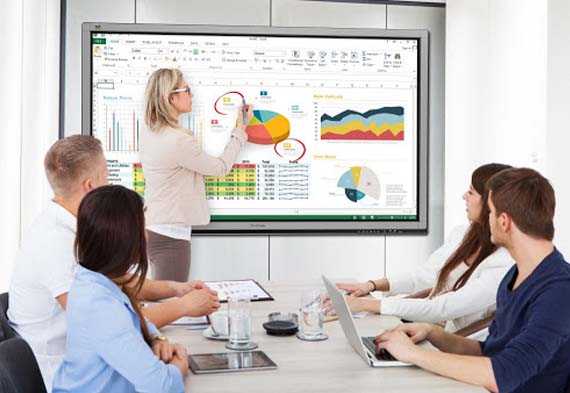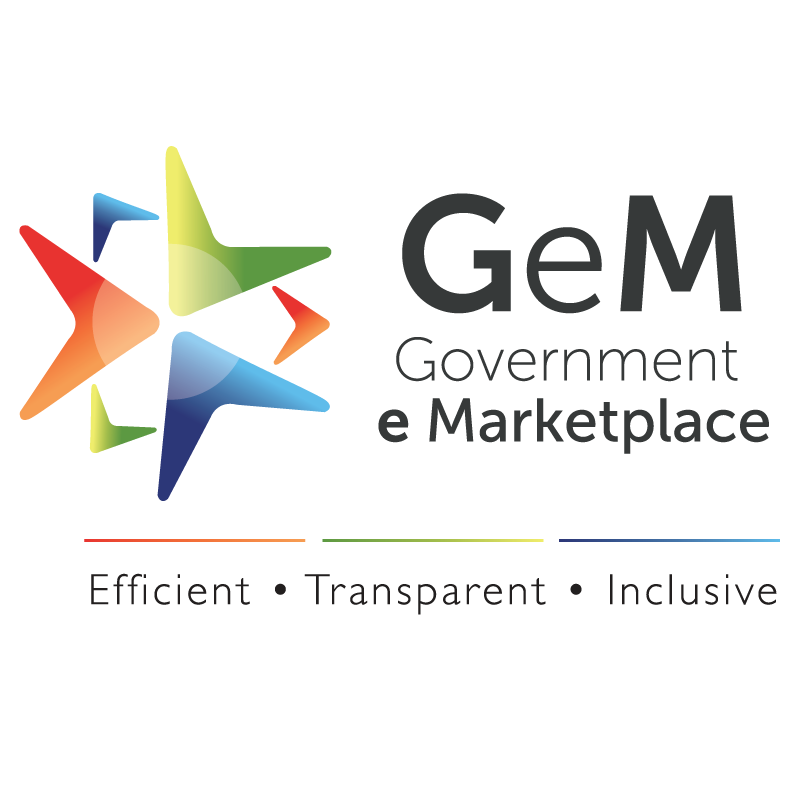Panasonic Panaboard
In Panasonic Panaboard (end of life now, only there was two main functions that a Panasonic Panaboard provides:
To record notes written on the whiteboard
To project PC screen on to the whiteboard


Interactive Display
An Interactive Flat-Panel Display (IFPD) is a large-format touchscreen display ideal for meeting rooms and collaborative spaces. It is a replacement for clunky or outdated projector technology with a higher-quality display, enhanced connectivity, and built-in software solutions.
What is an Interactive Display?
An interactive display, also known as an Interactive Touch Panel Display, is a wall-mounted & tripod device that allows users to generate spectacular visual presentations and manipulate on-screen data using digital touchscreen inputs. Interactive LED panels, which come in a range of sizes, are ideal for collaborative environments ranging from small preschool classes to large corporate boardrooms.
Panasonic Panaboard end of life
Benefits of Interactive Displays
Enhanced Interaction and Collaboration – Interactive displays promote active learning by providing opportunities for student interaction and making the classroom more efficient for instructors and administrators. Showing videos and slides can be improved to engage students in the learning process. Teachers support active learning by providing these newer and greater quantities of activities. Multi-touch features enable groups of students to edit and interact with onscreen content as a team, as well as brainstorm. Students can experiment and present their findings to the rest of the class.
Increased Student Engagement – Students who participate in classes that use interactive touch displays are frequently more engaged and attentive. This benefit is found at all levels of education, as are increases in engagement, motivation, and cooperation.
Enhanced Support for All Learning Methods – Lessons that allow students to use the board allow kinesthetic learners to be active while studying by standing up and moving around. Visual and auditory learners will benefit greatly from videos and multimedia presentations. Teachers can capture and save screen notes to send to students who learn by reading. This support offers for learning at home or at one’s own speed. By displaying captions, text highlighters, and text-to-speech software, assistive technology embedded into interactive displays can assist students with special needs.
Touch screens make the classroom more accessible by assisting users with special requirements, such as physical disability, who find it difficult to operate a mouse and keyboard. Arthritis makes it difficult for certain people to operate a mouse or keyboard, however utilizing a stylus or ‘touch’ can be easier with the same or similar outcomes.
Classroom Management – Classes are more productive and attentive when interactive touch screen displays are employed. Students who are more engaged are less likely to make errors. When created effectively, fun and dynamic lessons fascinate and capture students’ attention. Timers, animated games, and noise level meters are useful tools for creating a cohesive classroom.
Communication – Interactive displays improve teacher-student interactions. When displays are not in use, IT and media experts in a school may use them to share important messages such as emergency alerts. In the event of an emergency, interactive displays can display alerts that provide critical information. To improve the communication in your school, choose an interactive display for your classroom that allows you to show Rise Vision on it while it is idle.
Feedback – Interactive displays provide useful and trackable feedback. The learning environment improves when students receive more feedback. Students learn more quickly when they receive timely and regular feedback.
Ease of Use – When it comes to touchscreens, ease of use is one of the most critical factors to consider. Compared to a keyboard and mouse setup, this user-friendly focus does not demand attention. Except for the software and tools that come with each device, interactive displays should not require any training.
Speed – Like most things in life, speed is determined by the task at hand. Teachers who use these gadgets are seeking ways to make their lessons more efficient. Traditional mouse and keyboards allow for speedy click-and-drag, but a stylus improves click accuracy. When a mistake is made and needs to be fixed, using a finger on a touch screen display reduces accuracy and may cause a delay in learning.
Cleanliness – Glass used in interactive displays is coated with a material that prevents smudges and dirt from sticking to it. As a result, teachers enjoy integrating classroom engagement with students to use technology as a learning opportunity. Then, when the lesson is finished and before the next one, the screens can be easily cleaned.
panasonic/samsung/lg interactive/touch/display/screen/vendors/in new delhi/near me/benq/infocus/smart/touch interactive display price

Upgrade Your Room
At Techtron International, we understand the importance of effective communication and collaboration in modern workplaces. That's why we offer high-quality interactive displays from top brands like Panasonic, Samsung, LG, BenQ, and InFocus. Our touch-enabled displays come in different sizes to perfectly fit your conference room, boardroom, or classroom. With multi-touch features and built-in software solutions, our interactive displays make it easier for teams to brainstorm, present ideas, and collaborate in real-time. Upgrade your conference room today and take your meetings to the next level!
Interactive Displays
Our touch-enabled displays come in different sizes to perfectly fit your conference room, boardroom, or classroom. With multi-touch features and built-in software solutions, our interactive displays make it easier for teams to brainstorm, present ideas, and collaborate in real-time. Upgrade your conference room today and take your meetings to the next level!
Effective Meetings
At Techtron International, we understand the importance of effective communication and collaboration in modern workplaces. That's why we offer high-quality interactive displays from top brands like Panasonic, Samsung, LG, BenQ, and InFocus. Our touch-enabled displays come in different sizes to perfectly fit your conference room, boardroom, or classroom. With multi-touch features and built-in software solutions, our interactive displays make it easier for teams to brainstorm, present ideas, and collaborate in real-time. Upgrade your conference room today and take your meetings to the next level!



